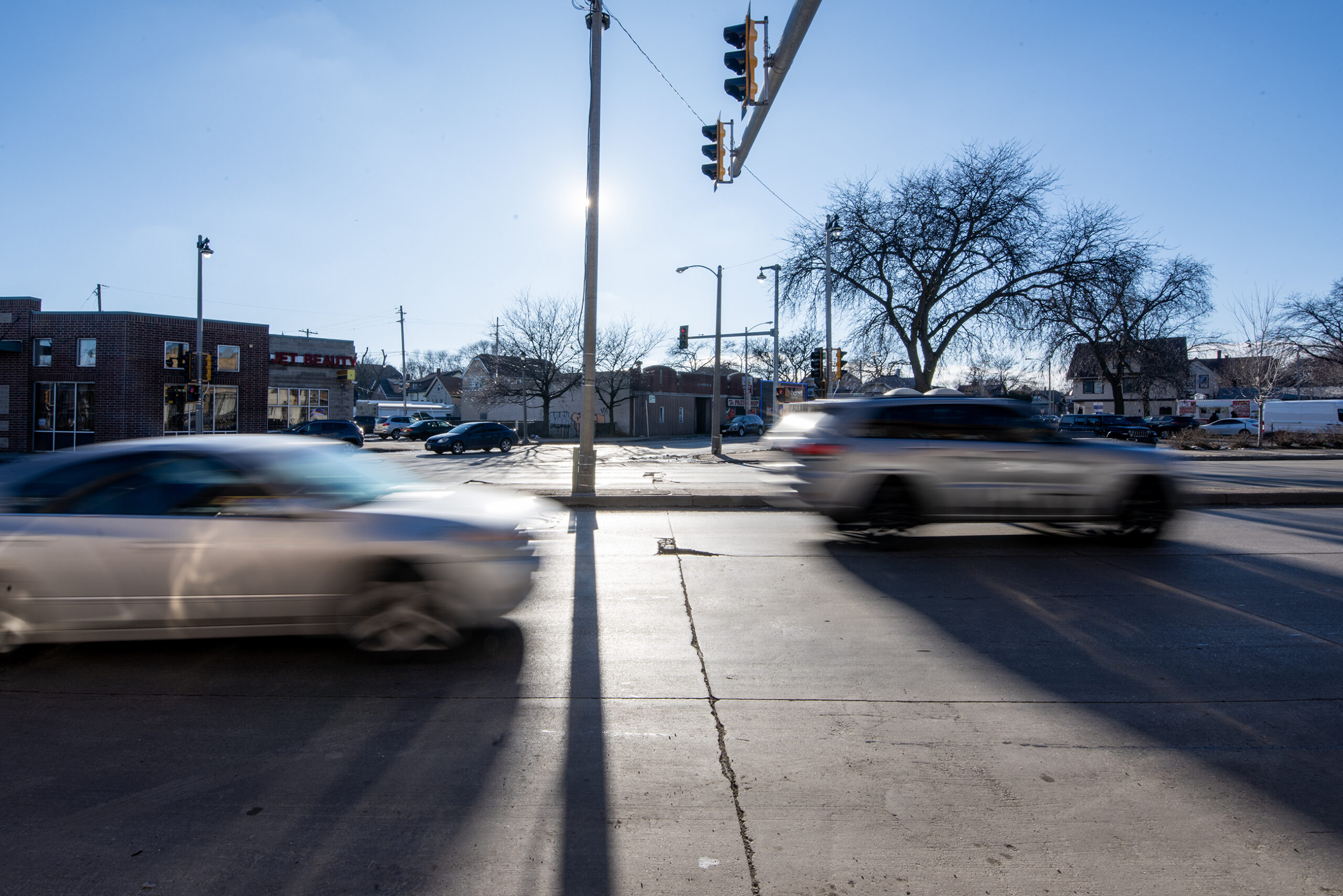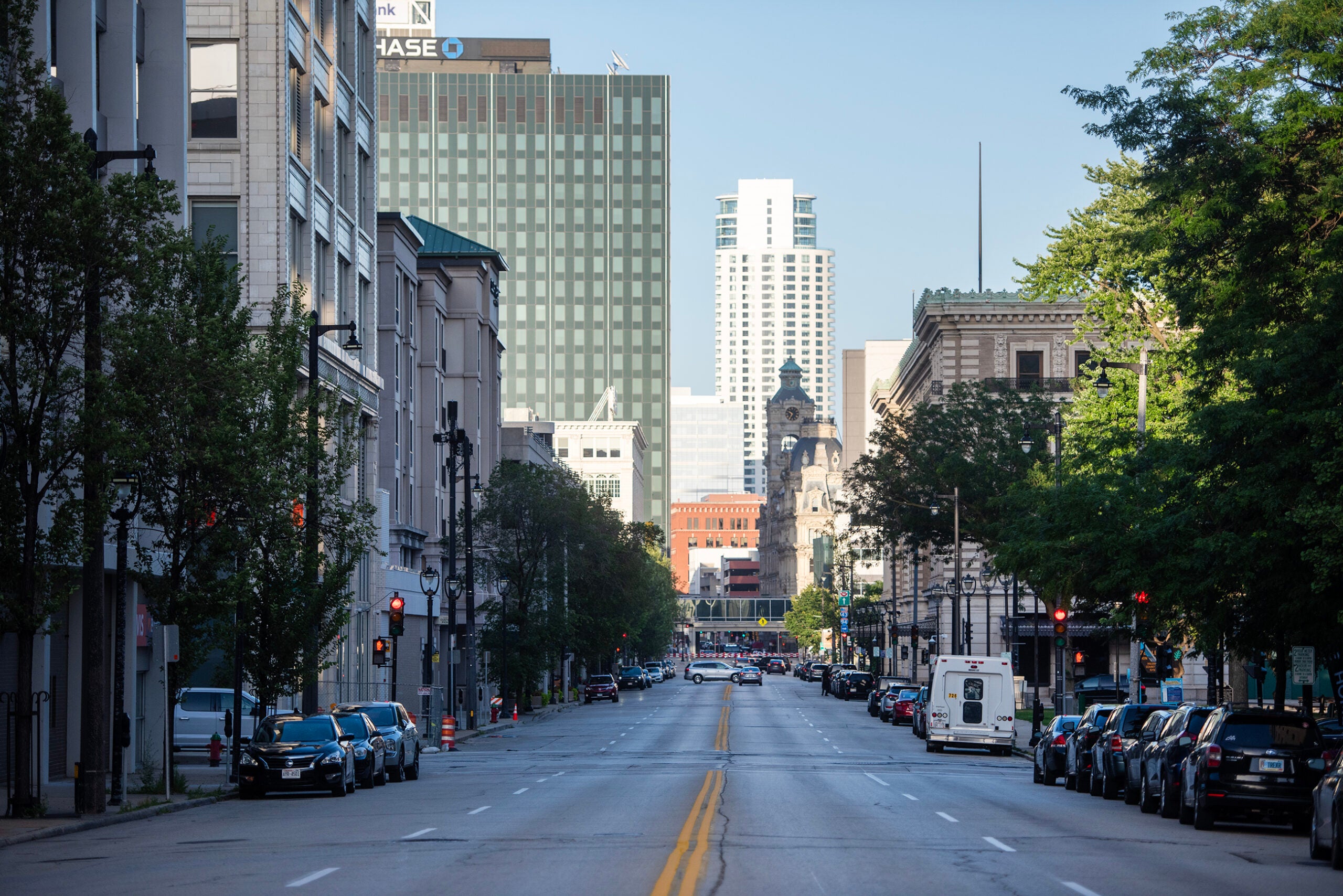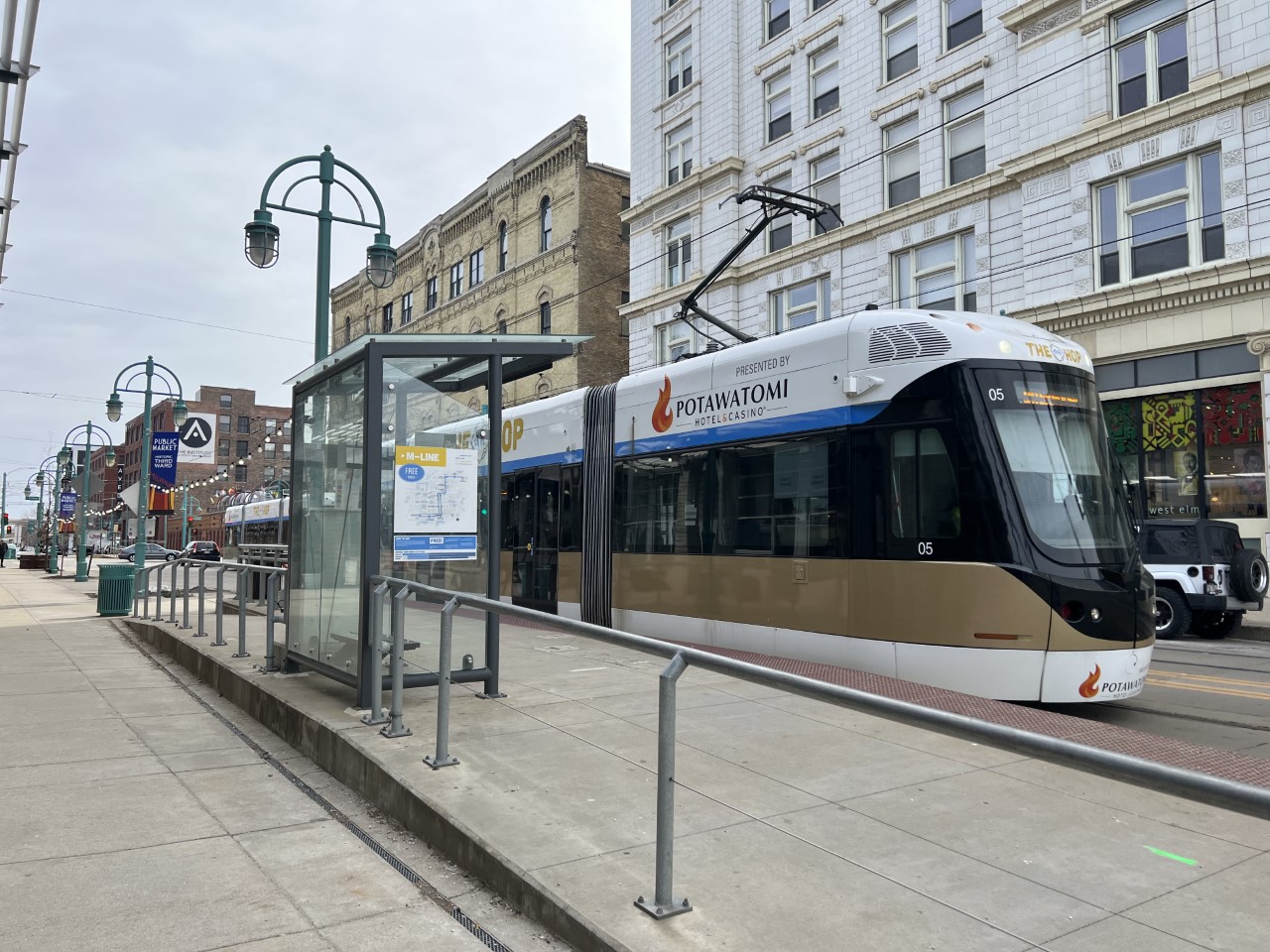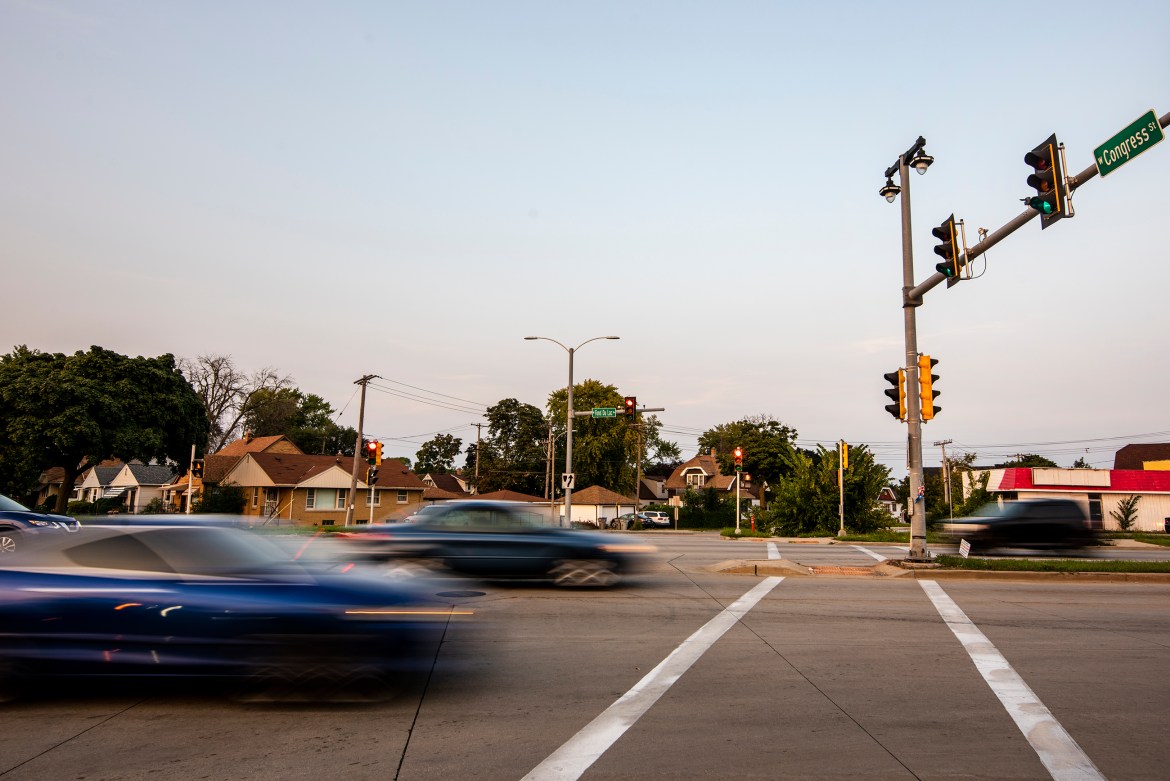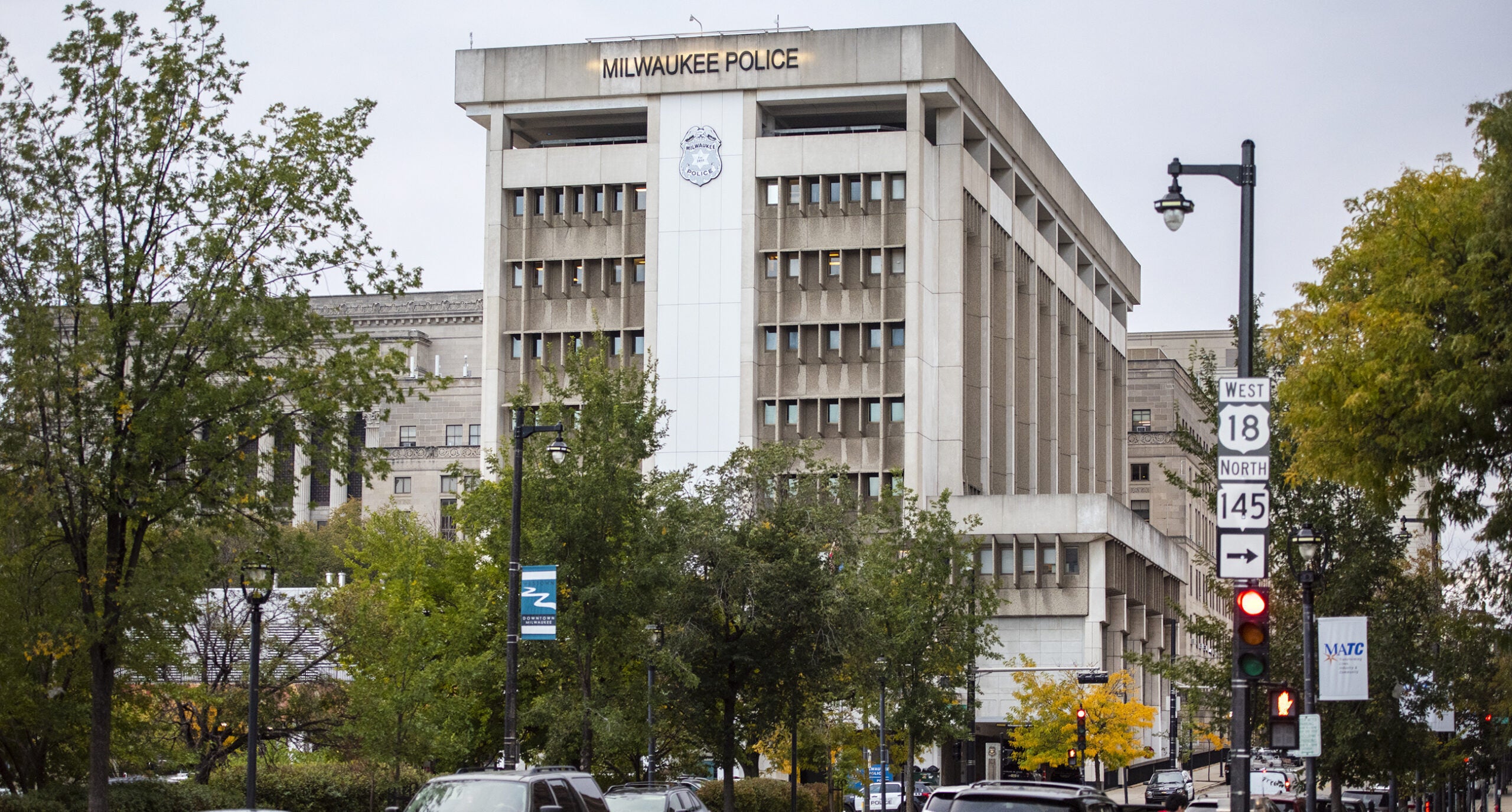A new report found it would cost $821 million to repair over 1,300 miles of Milwaukee streets that are in poor condition.
The report from the Milwaukee Department of Public Works says that while state and federal grants have helped repair major arterial roads, only 5 percent of local roads, or side streets, are currently in “excellent” condition in the city.
“Our roads are full of potholes. They’re cracked, buckling, separating, and we have constant maintenance requests all spring through the summer, even into the fall,” Milwaukee Alder Peter Burgelis said. “With weather conditions in Wisconsin, we have to expect to make the right investments in our infrastructure.”
News with a little more humanity
WPR’s “Wisconsin Today” newsletter keeps you connected to the state you love without feeling overwhelmed. No paywall. No agenda. No corporate filter.
The report found that “higher-trafficked streets in the city are in better condition than those with fewer users,” reflecting the state and federal funds that go into their maintenance. Meanwhile, 34 percent of local roads in Milwaukee are in poor condition, while 15 percent of collector streets, or roads that are between a major road and a local road, are in poor condition, according to the report.
Milwaukee “has struggled for at least three decades with dedicating the resources necessary to improve the pavement quality of the city’s street network, particularly for those collector and local streets that are essentially ineligible for federal grant funds,” the report says.
During a recent finance and personnel committee meeting, city engineer Kevin Muhs said the city wasn’t investing much into its street network 20 to 30 years ago. A concrete street is expected to last 25 to 35 years before a repair is needed, according to the report.
“We now have an additional ‘bulge’ of roads that all need replacement at the same time,” Muhs said during the meeting.
The Milwaukee Department of Public Works estimated it spent about $60 million a year from 2022 to 2025 on street paving and repairs. Those funds — which have come from the city’s cash levy, city borrowing, tax incremental districts for paving projects and federal and state grants — have helped “maintain pavement quality,” according to the report. But the fact that those smaller roads are mostly ineligible for state and federal funds means “collector and local streets tread water or continue to decline.”
The report found that a “significant portion” of the city’s streets are “nearing or have already reached the end of their lifecycle.”
The city Department of Public Works estimated it would cost $752 million just to repair local and collector roads. Burgelis called the city’s crumbling roads a “quality of life issue.”
“It’s up to the city to figure out how to pay for roads in front of every home, not just the big roads where we get state and federal matching grants,” Burgelis said.
The report says the state could update its Local Road Improvement Program, which helps local municipalities with repairing their roads. Milwaukee gets about $1 million from that program every other year.
The city could increase the amount of borrowing from the tax levy to pay for repairs, according to the report. But that could affect its bond rating and increase interest rates on its debt.
Milwaukee could also increase its motor vehicle registration fee to pay for the repairs, the report found.
“This is the continuation of a long conversation, and there’s a lot that needs to change, a lot that needs to grow, to maintain basic city service,” Burgelis said. “We’re not even talking about turning the needle and turning the arrow in the right direction. We’re struggling to even maintain what we have, and it’s getting worse and worse and worse. ”
Meanwhile, a 2024 Wisconsin Policy Forum report found the quality of the state’s local roads has “deteriorated modestly” since 2010. The quality of local roads has decreased from an “average rating of 6.6 in 2010 to 6.2 in 2023,” according to the report.
“There are significant variations between communities, and southeast Wisconsin stands out: Milwaukee and the state’s fourth- and seventh-largest cities, Kenosha and Waukesha, have poorer average local road quality than other large cities in the state,” the report says.
Wisconsin Public Radio, © Copyright 2026, Board of Regents of the University of Wisconsin System and Wisconsin Educational Communications Board.

